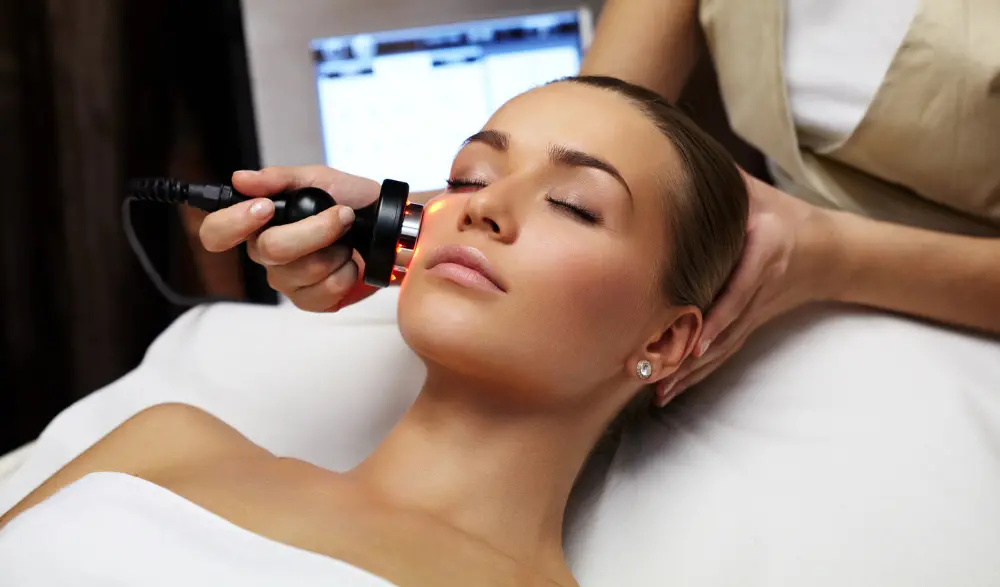How do laser treatments work to reduce wrinkles and scars?
Laser technology promotes skin regeneration by creating controlled micro-injuries that trigger the body’s natural healing process. These micro-injuries stimulate fibroblasts to produce new collagen and elastin—two proteins essential for skin elasticity and firmness. In the case of wrinkles, the skin becomes smoother and more youthful as fine lines are filled in from beneath. For scars, such as those left by acne or surgery, fractional lasers break down the rigid scar tissue while encouraging healthy new skin to grow in its place. Over multiple sessions, texture irregularities fade, and skin tone becomes more even. Depending on the device used, such as CO2 or Er:YAG lasers, deeper or more superficial layers of skin can be addressed.

Can laser treatments help with skin pigmentation issues like sunspots or age spots?
Absolutely! Pigmentation issues like sunspots, melasma, and post-inflammatory hyperpigmentation are caused by excess melanin in the skin. Laser systems, such as Q-switched or picosecond lasers, deliver pulses of light that are absorbed by melanin-rich areas, breaking the pigment down into tiny particles. The body then naturally removes these particles through its lymphatic system. What sets lasers apart from whitening creams or chemical peels is their ability to reach deeper dermal layers, treating pigmentation at its root rather than just the surface. With multiple sessions and proper aftercare—including sun protection—patients can achieve a dramatically brighter and more even complexion.
Are laser treatments safe for all skin types?
Yes, when performed by experienced professionals using the right equipment. Modern laser technologies offer settings that can be adjusted based on the patient’s skin type and concern. For instance, longer wavelengths like Nd:YAG are safer for darker skin tones because they penetrate deeper without targeting surface pigment, reducing the risk of burns or post-treatment hyperpigmentation. Reputable clinics perform a thorough skin assessment and sometimes patch tests before proceeding with full treatment. With advanced cooling systems, real-time temperature monitoring, and skin scanners, today’s devices ensure high safety standards while maximizing comfort and results.
What does the future hold for laser cosmetic treatments?
The field of laser aesthetics is evolving rapidly, driven by innovations in AI, robotics, and dermatological research. We are beginning to see “smart lasers” that adjust parameters dynamically during treatment for optimal outcomes. Machine learning algorithms may soon assist doctors in predicting treatment responses based on individual skin profiles. Portable, at-home laser devices are also becoming more sophisticated, bringing professional results to consumers outside the clinic. Furthermore, laser applications are expanding beyond skin resurfacing to include fat reduction, non-surgical facelifts, and even treatment of vascular conditions. As accessibility increases, laser treatments are poised to become a mainstream element of preventive and corrective skincare in the U.S.
